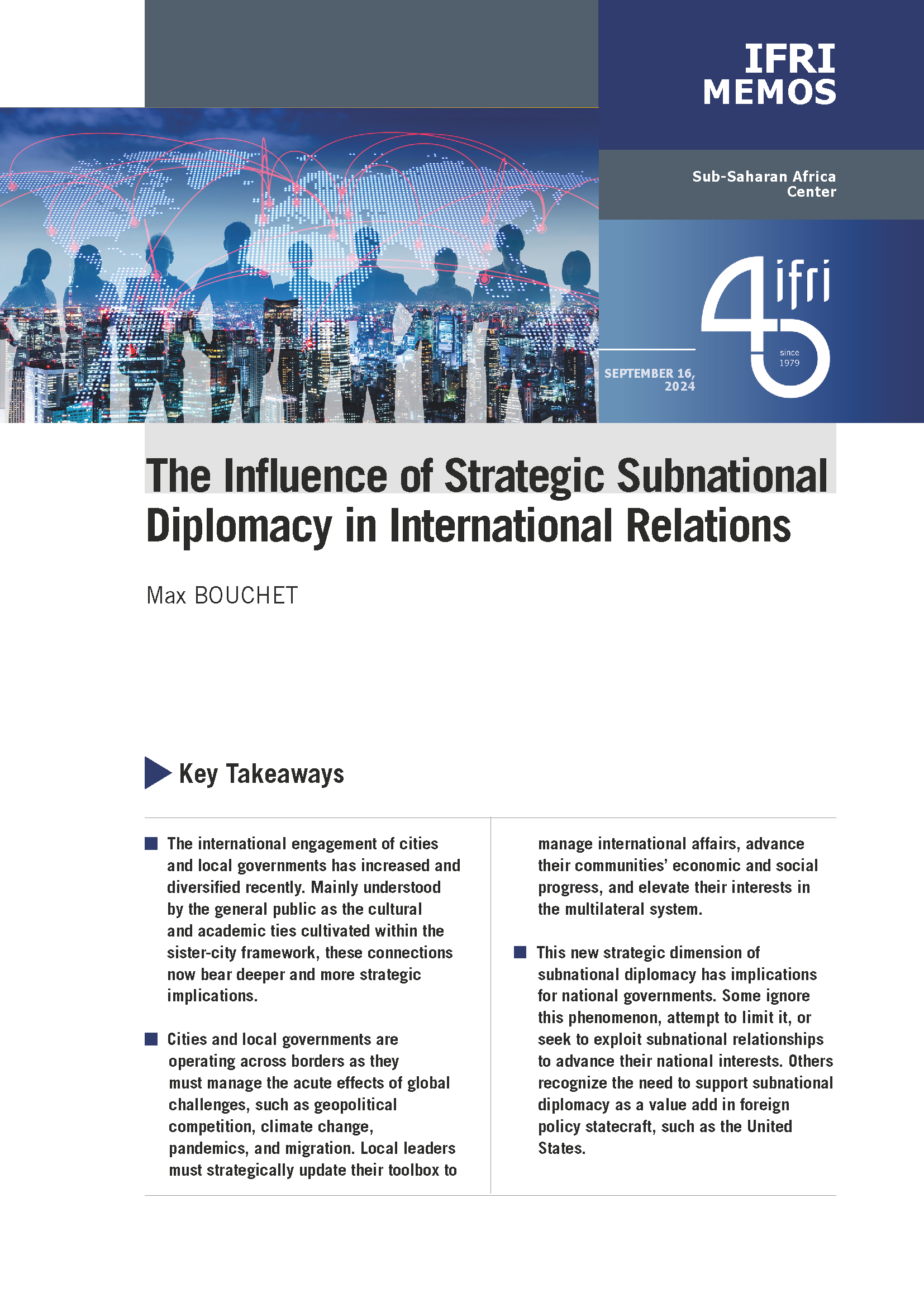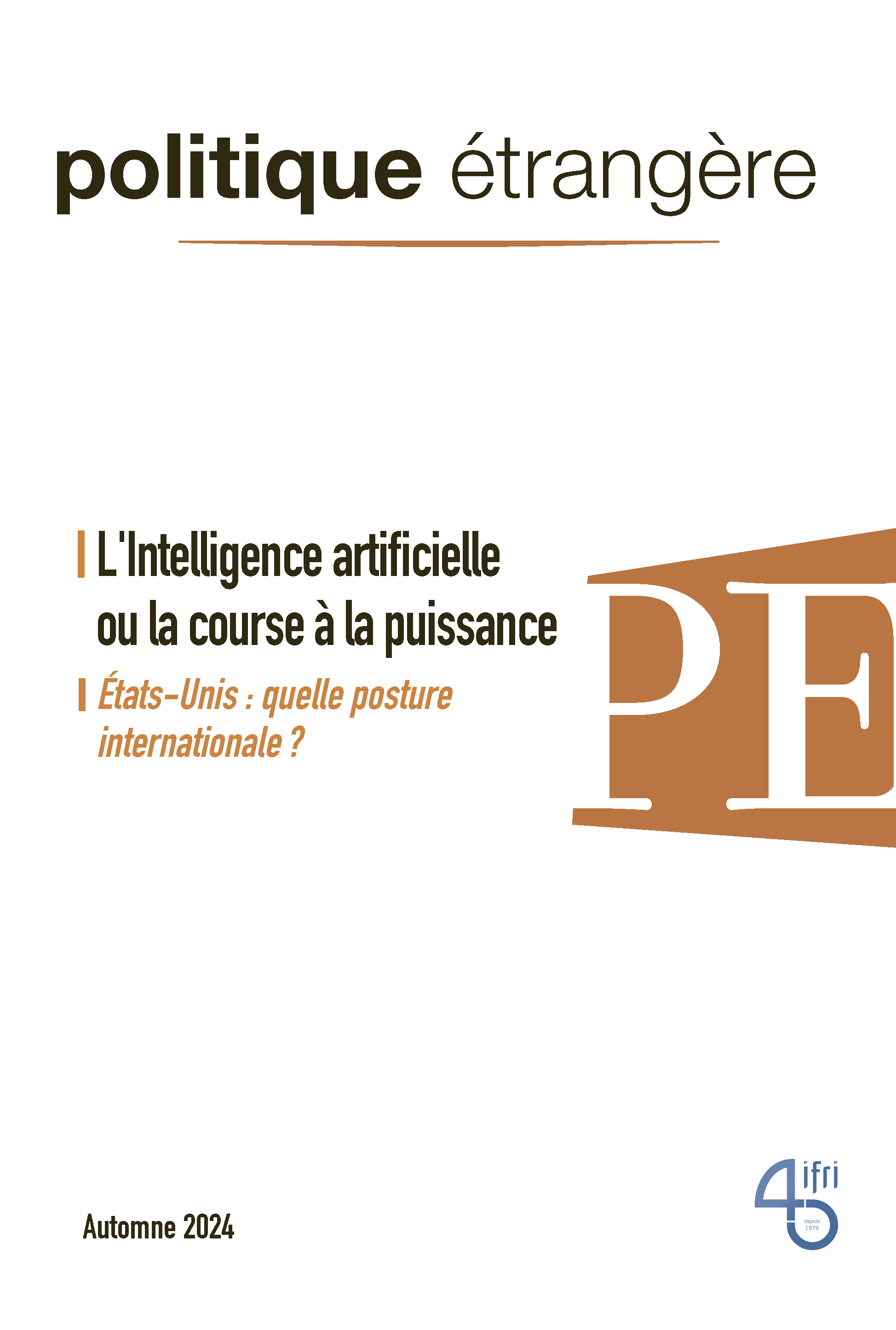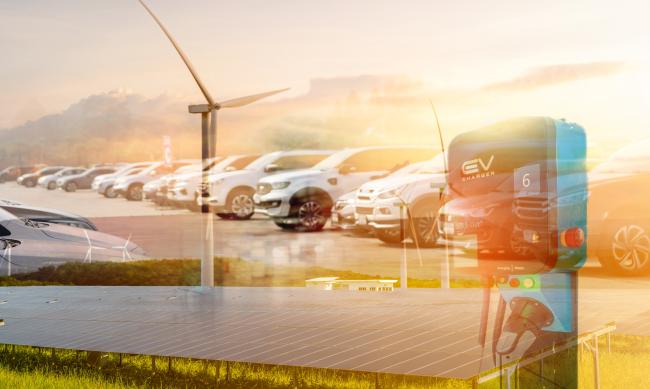Japan's Nuclear Crisis: A Time for Support

These are terrifying moments. No one could ever have imagined that the Japanese nuclear sector could fall victim to such a seismic event.
No country has spent more time building safeguards against seismic events than the Japanese who live at the confluence of three tectonic plates directly over the Pacific ring of fire. Yet, while no one can contest that the natural disaster that struck Japan was unprecedented, here we are with a very dangerous situation in Fukushima and it isn’t over yet. As the world observes from a distance, it needs to maintain the same sang-froid as the Japanese people who are living these events and support those who seek to cool the overheating reactors. Already the world knows that the firefighters seeking to cool the reactors are very likely sacrificing their lives.
Now is not the time to make quick judgments about the future of nuclear power or draw comparisons about whether such an event could happen in our country or how we would handle such an event differently. Nor to claim that our reactors are more modern than those in crisis in Japan - we all have operational reactors from multiple generations. Now is the time to watch attentively and learn. What went wrong? What went right? What are the challenges in communicating with the public and the world? How can authorities translate the unstructured evolution of such an event into public messaging that is timely, transparent, and informative and that can help citizens weight appropriately their individual options? What other lessons can we learn?
Thirteen percent of the world’s electricity is generated by nuclear power and another over 60 reactors are under construction. Nuclear power is important to our electricity supply now and will be for some decades to come. It is not a question of ‘whether" nuclear power so much as ‘how" nuclear power and over time ‘how much" nuclear power. Populations around the world will look to their authorities for assurances that nuclear power can continue to fulfill its role safely.
Our energy options are already limited and the challenge of providing clean, reliable, affordable energy to our populations is not getting any easier. As another 2 or 3 billion people on earth seek greater comfort and the benefits of modern energy services over the next years, we need to assure that our choices of energy will be sustainable not just in 2050 or the next century but in the transition between now and then. There are no easy answers.

Also available in:
Regions and themes
Share
Related centers and programs
Discover our other research centers and programsFind out more
Discover all our analysesThe Aluminum Value Chain: A Key Component of Europe’s Strategic Autonomy and Carbon Neutrality
The United States of America (US), Canada and the European Union (EU) all now consider aluminum as strategic. This metal is indeed increasingly used, especially for the energy transition, be it for electric vehicles (EVs), electricity grids, wind turbines or solar panels.
The EU Green Deal External Impacts: Views from China, India, South Africa, Türkiye and the United States
Ahead of June 2024 European elections and against the backdrop of growing geopolitical and geoeconomic frictions, if not tensions, between the EU and some of its largest trade partners, not least based on the external impacts of the European Green Deal (EGD), Ifri chose to collect views and analyses from leading experts from China, India, South Africa, Türkiye and the United States of America (US) on how they assess bilateral relations in the field of energy and climate, and what issues and opportunities they envisage going forward.
Electric Vehicles: A Strong and Still Understated Performance
Electric vehicles (EVs) are better for the climate – even in worst-case scenarios. Across its life cycle, a typical European electric car produces less greenhouse gas (GHG) and air pollutants or noise than its petrol or diesel equivalent. Emissions are usually higher in the production phase, but these are more than offset over time by lower emissions in the use phase. According to the European Environment Agency’s report on electric vehicles, life cycle GHG emissions of EVs are about 17-30% lower than those of petrol and diesel cars.
How Can the Green Deal Adapt to a Brutal World?
The European Green Deal has not been planned for the current extraordinarily deteriorated internal and external environment. Russia’s war in Ukraine, higher interest rates, inflation, strained public finances, weakened value chains, and lack of crucial skills pose unprecedented challenges.












